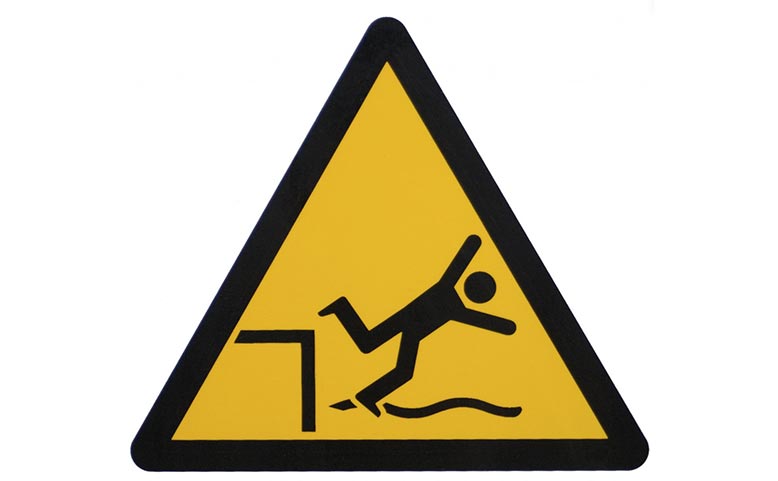Your website is now the first port of call for potential customers as well as a showcase for who you are and what you have to offer.
Having your website available in different languages is now more important than ever, especially if you want to take advantage of the global marketplace.
At Creative Word we are no strangers to website translation.
Over the years many of the website translation projects we have worked on have been ‘rescue jobs’, i.e. we had to fix the translation of the website.
So, when it comes to talking about talking about some of the pitfalls of translating your website, we truly speak from experience.
Based on that experience, here are some of the more common mistakes you should try to avoid when thinking about getting your website translated into foreign languages.
- Free translation tools are great because they are free but the benefits stop there. Although there have been amazing advances in what machine translations can produce, they are by no means comparable with a professional, human translator. Using free translation tools usually ends up with a mess leaving visitors to your site with a bad impression.
- When you translate from one language into another, the text expands or contracts. This is because words and sentences are not the same in every language. English to German translation, for example, can mean up to 35% more text. This has an impact on the design of your website as text is looks out of place.
- Think about design and how different language may look. Arabic, for example, reads from right-to-left which can cause havoc on website layouts. Consider also the impact culture can have on design and how this may translate into poor usability. Be flexible in terms of your design and its ability to deal with foreign languages.
- When using a human, professional translator, give them some artistic license in terms of how they translate and the wording they use. Having your translators stay faithful to a literal approach is not giving your visitors a native experience; you are simply creating a forced tone of language.
- Make sure you think about Search Engine Optimization and the back-end of your website and what may need translating. Completely forgetting about translating key things like meta descriptions and keywords leads to poor performance in search engines.
- Even if you have invested in a good translation, you also need to have a budget for some kind of quality check of the final translation such as proofreading or editing. This doesn’t only have to be done by the translation company but in-house or using an independent linguist. Using first draft translations is a common mistake which can lead to embarrassing mistakes and inconsistencies on a website.
- There is no need to translate everything on a website. Many are pushed to cheap translation services due to a high volume of text. Reduce the text and you reduce your invoice. Just translate the important information your website visitors need; they won’t need all your blogs in their language as well.
- Ensure the software and the technical aspects of your website and the translation process marry up. If your website development team can only input the translated text using a certain format, the translation company needs to know that to ensure compatibility. Clarity from the start saves a lot of potential future pain.
You need your website to look and read good to attract enquiries, sales or engagement. Investing in it properly pays dividends; cutting corners costs in more ways than one.
If you have a website needing translation, why not let us help you?


Recent Comments